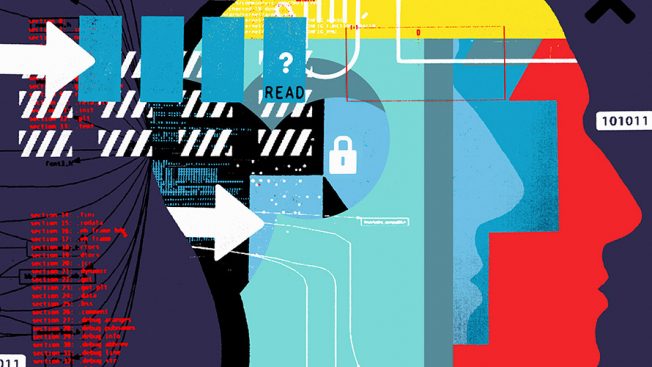Inspiration meets innovation at Brandweek, the ultimate marketing experience. Join industry luminaries, rising talent and strategic experts in Phoenix, Arizona this September 23–26 to assess challenges, develop solutions and create new pathways for growth. Register early to save.
Data, the new, sexy buzzword formerly known as the old, unsexy buzzword has in many ways been pitched as the great equalizer. After all, we can all buy the same set of stats and figures. Data is literally a commodity. As such, there’s a temptation to commoditize all firms that use it.
But to do so is to fail to see the forest for the word-trees.

In an article published long before data and creativity cohabited in the same sentence, Nora Ephron told an unintentionally relevant story about her first day in journalism school. As she tells it, the teacher gave the students a list of hard facts and asked them to write the lead to the story.
These were the facts:
“Kenneth L. Peters, principal of Beverly Hills High School, announced today that the faculty of the high school will travel to Sacramento on Thursday for a colloquium on new teaching methods. Speaking there will be anthropologist Margaret Mead, educator Robert Maynard Hutchins and several others.”
The teacher riffled through his students’ work, looked up, smiled and said they had all failed.
The students all started their stories in the classic, inverted pyramid structure, which basically consisted of the data the teacher had fed them repeated in the opposite order—“Margret Mead and Robert Maynard will address the faculty,” etc.
“That is not the lead of the story,” the teacher said. “The lead is, ‘There will be no school on Thursday.’”
The moral of this story is that simply accepting the data points is entirely missing the point. Facts alone don’t move people. The power is in finding the relevant human truth and meaning of the facts, interpreting the data in a way that connects on a real, human level. And that takes intuitive, perceptive and creative humans.
In today’s agency, there’s a new friendship between data and creativity. Facts and figures now sit at the cool table with storytelling and art. And that can make the work more informed but not necessarily more effective.
The thing that will separate the great agencies and great work from the merely informed and statistically correct is not the quantity of the data, but the quality of the people sifting through, interpreting and applying it—the people who can turn cold, hard facts into insights, ideas and emotions; the people who know how to truly connect with others.
As long as we are in the communications business, we are in the people business. And that’s a part of this industry that can never be homogenized or commoditized.
Yay, humans.
Greg Hahn is chief creative officer at BBDO New York.








